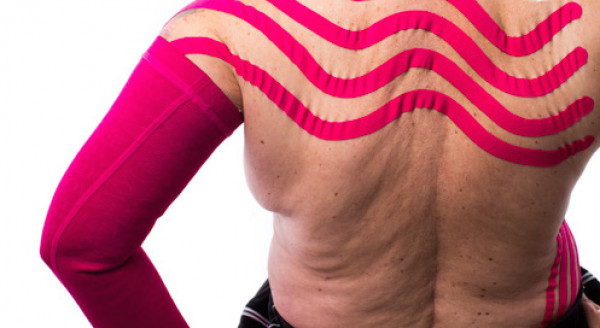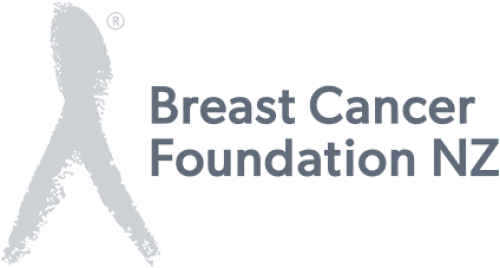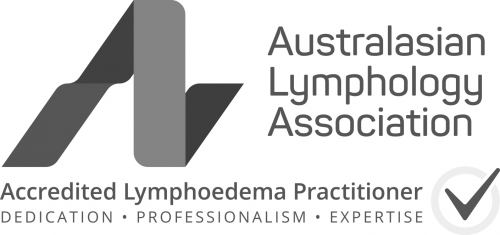Lymphoedema Management

Lymphoedema ~ Treatment, Management and Prevention
What is lymphoedema
It is swelling caused by damaged or abnormal formation of lymphatic vessels. If the system is not able to cope, the tissues accumulate fluid and proteins which can cause the area to swell.
These fluids behave like a stagnant swamp meaning cells that are immersed in it don't function as well as they used to, so can't carry out their normal tasks. The skin can harden and change and the condition can become severe if not correctly treated and managed.
If you have had cancer and are at risk or living with lymphoedema then we will tailor a treatment plan to your individual needs at any stage of the condition.
Causes of Lymphoedema
Primary - some people are born with (congenital) or develop lymphoedema during hormonal changes in their lifetime and this may not develop until they are in their teens or early adulthood. This is caused by insufficient size or number of lymph vessels or lymph nodes.
Secondary - caused by damage or trauma to the lymphatic system predominantly developing following cancer treatment (radiotherapy), lymph node removal or surgery. It usually manifests as swelling of one or more limbs but can also affect other areas of the body - the head and neck, breast, trunk, genitalia or abdomen.
Are You At Risk or Have Signs of Lymphoedema
- Have you had surgery with removal of lymph nodes from the axilla (armpit), abdomen, neck or groin?
- Have you experienced an injury/trauma to your lymphatic system or the at risk limb?
- Have you had radiotherapy, chemotherapy or hormone medications as adjuvant therapy for cancer?
- Do you have scar formation, fibrosis or dermatitis following radiation therapy?
- Do you have excess weight or are obese?
- Have an inactive lifestyle
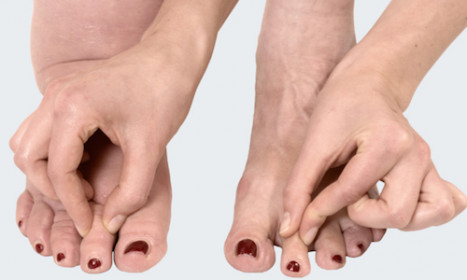
Signs of lymphoedema
- The affected limb or area that has had surgery or radiation just doesn't feel right - it could be achy, unusual, neural, different temperature.
- Gradual swelling of the affected limb or area. Usually it affects only one limb but sometimes both limbs are involved.
- The area may feel heavy or taut
- Skin may pucker or become pitting
- Skin folds at the joints become deeper and more pronounced.
- A positive “Stemmer’s Sign” test – when the skin on the second toe or finger of the affected limb is pinched, the skin cannot be raised and feels taut and hard.
Stages of Upper Limb Lymphoedema
Stage 0 - latent or sub clinical - no oedema (swelling) is visible but the lymphatics have been damaged
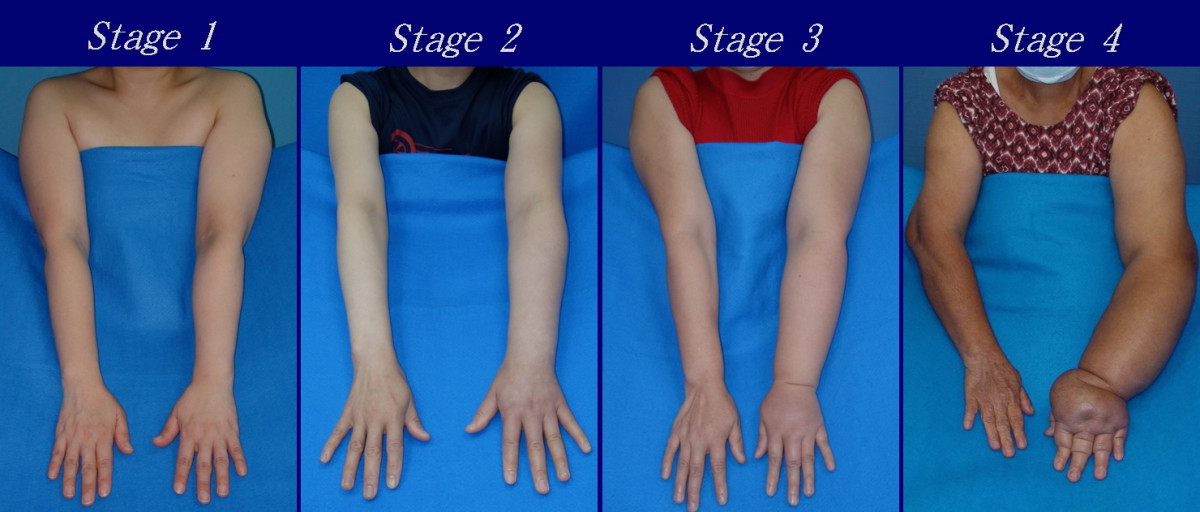
Shows the progressive stages of upper limb lymphoedema
Diagnosis and Treatment
If you notice any of the above changes visit your GP, oncology team, breast care nurse, specialist or lymphoedema therapist.
Diagnostics in the first instance use palpation, limb measurement comparisons plus your family and medical history. There are certain scans that can be done using medical imaging to include lymphoscintigraphy if confirmation is required.
Prompt treatment by a lymphoedema therapist is important to provide a full assessment of the limb. If you are at high risk then a treatment and management plan can be initiated and education for self care given.
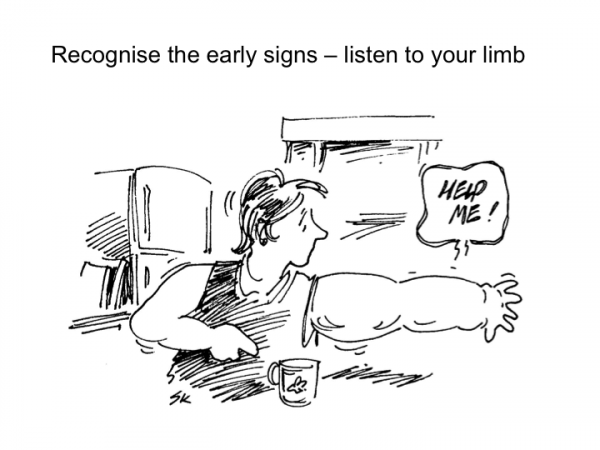
Research papers show evidence, that early detection and intervention with management reduces the outcome if you are sub-clinical (no swelling) to becoming clinical (have swelling).
Preventative Treatment includes ~
Manual Lymphatic Drainage | Medical Lymphatic taping | Low level laser therapy | Compression garment prescription | Instruction on Self MLD | Education and advise about Lymphoedema
- Treat subtle underlying changes to cells/tissues
- Break down scar tissue, fibrosis allowing lymphatic vessels to regrow
- Treat radiotherapy scarring
- Re-direction and stimulation of lymphatic flow
- Non-invasive seroma reduction
- Education on risk reduction behaviours and self treatment
We use CureTape by Thysol at the Lymph Clinic

PILLER, N The Vital Essence

PILLER, N The Vital Essence
Combined Decongestive Therapy (CDT) includes ~
3 Phases ~ Reduction - Transition - Maintenance
~ Manual Lymphatic Drainage | Compression bandaging (multilayer) | Compression garment prescription & fitting | Medical Lymphatic kinesio Taping | Low level laser therapy | Intermittent pneumatic compression pump (IPC) | Decongestive Exercises | Skin care advise | Breathing exercises | Instruction on Self MLD | Education and advise on lymphoedema
Treatment type used depends on duration and extent of swelling.
- Reduction of the volume and size of the affected limb(s) or area so that it transitions from the congestive swelling stage through to a level whereby it can be maintained without fluctuations.
- Improve tissue health of the affected limb or area
- Reduce symptoms of pain, discomfort, heaviness, tightness
- Improve mobility
- Improve quality of life
~ Referral to a physiotherapist, dietician/nutritionalist or podiatrist may also be required to obtain a collaborative positive outcome.
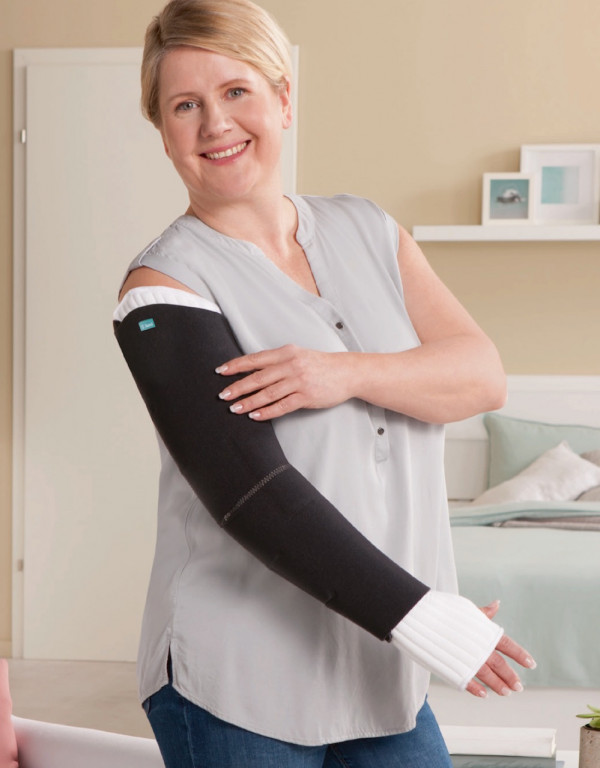
CDT is used as the first line of treatment for lymphoedema. It should only be managed by a qualified and registered lymphoedema therapist.
Some components of CDT may be used for other conditions such as lipoedema, lipo-lymphoedema, phlebo-lymphoedema and to relieve chronic venous insufficiency symptoms.
See more about CDT and how lymphoedema is managed

